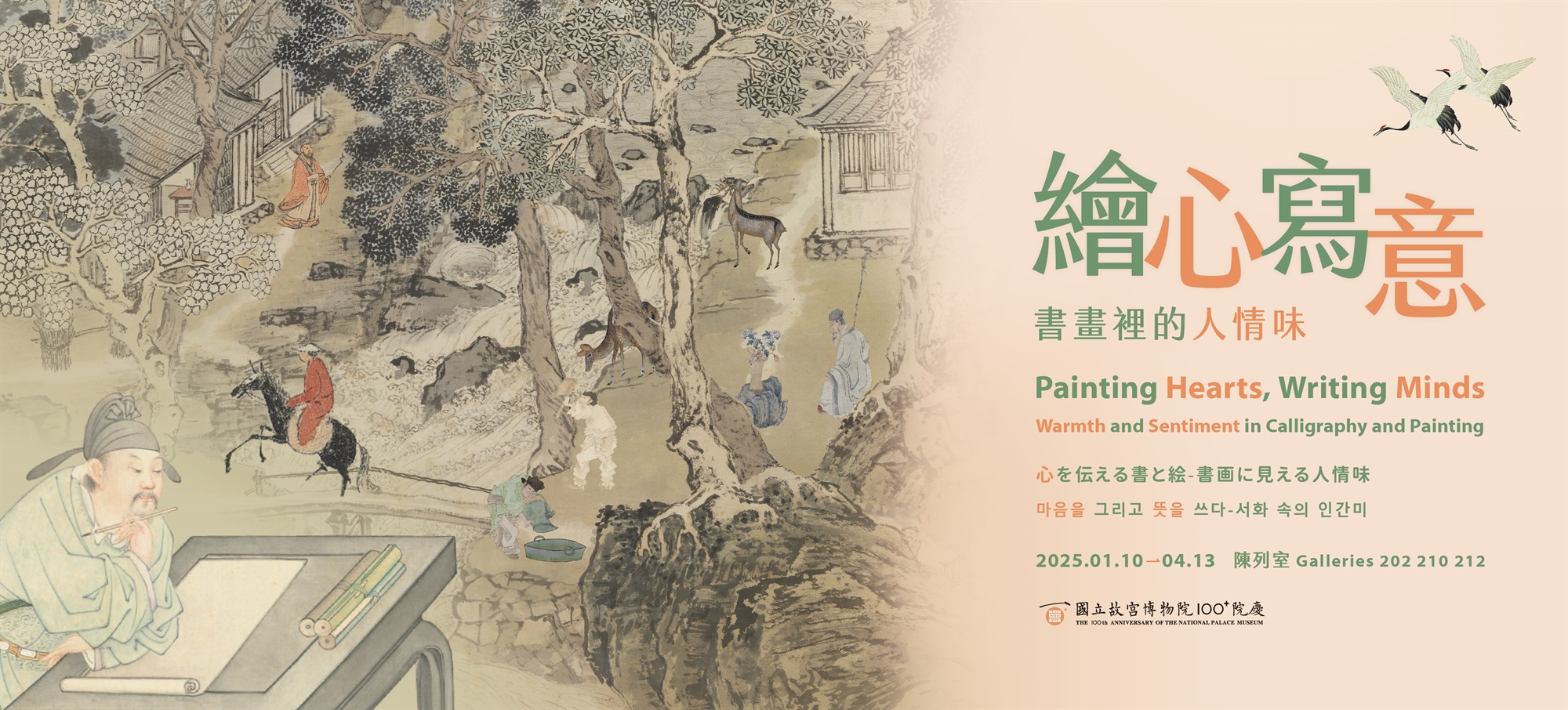Investing Objects with Meaning
-
Letter (also known as the Cold Noodles Letter)
Wang Gong, Song dynasty
PaperWang Gong (1048-?), who hailed from Weizhou (Daming in present-day Hebei province) had the style name Dingguo. He came into frequent contact with other scholarly luminaries of his day, including Su Shi and Huang Tingjian. This letter features a calligraphic style that is quite similar to Su Shi’s, with neat, robust dots and lines. The final vertical brushstrokes of characters such as 幸 and 拜 are noticeably elongated. The columns of text give the letter’s composition a sense of continuity, while its characters are structured with naturalness and informality.
This letter tells one of Wang’s friends that he made a dish called lengtao, in addition to expressing thanks for a gift of tuanbing (compressed tea leaves) that his friend previously gave him. Lengtao was a form of cold noodles, the recipe for which appeared during the Tang dynasty—in fact, the renowned Tang dynasty poet Du Fu (712-770) once wrote a poem about lengtao made with juice extracted from the leaves of the Chinese scholar tree (Sophora japonica). By the time of the Song dynasty, lengtao had become a common summertime meal that could be combined with a wide variety of ingredients. Cakes of compressed tea leaves called tuanbing were made with exquisite artisanship and were regularly given as gifts among people who were linked socially. -
Stories from the Life of Tao Yuanming
Zhao Mengfu, Yuan dynasty
Silk
Donated to the NPM by Mrs. Chang Wei-chen, wife of Luo Chia-lunAccording to The History of the Song Kingdom of the Southern Dynasties (compiled in 487-488), once, on the ninth day of the ninth lunar month, on a traditional holiday known as Double Ninth Festival, the poet Tao Yuanming (ca. 365-427) found himself without any liquor to drink in celebration. Whilst he was brooding alone at the edge of a field of chrysanthemums, Wang Hong (379-432), who was then the provincial governor of Jiangzhou, serendipitously dispatched an aide to bring Tao a bottle of liquor, knowing it would bring great solace to the poet. History records that Wang’s aide was wearing white clothes, and as such the term “one clothed in white delivers liquor” became a chengyu alluding to friends helping each other realize their wishes by lending a hand at just the right moment. The eleventh section of this scroll depicts the abovementioned story.
This entire scroll was painted with ink using the “simple outline” (baimiao) technique, meaning that the subjects were outlined in ink and then partially filled in with pale ink washes. The objects and human figures’ appearances were portrayed in a simple manner, but they are filled with spirit in a way that fully embodies Tao Yuanming’s contented, easygoing character.
-
Letter
Tang Yin, Ming dynasty
PaperThis piece of calligraphy is a letter Tang Yin (1470-1524) wrote to an official in the Branch Department of State Affairs, named here as “Mr. Yushan.” In it, Tang entreats Yushan to look after his friend (or perhaps his student), referred to as Lu Fu. It also states that Tang sent five catties of rubing (a dairy product, possibly cheese) along with the letter in thanks for Yushan’s past help. This dairy product was a common food item during the Ming dynasty. Kuang Fan’s (ca. 1458-1521) Illustrated Compendium on Issues of Help to the Citizenry contains a detailed record of how this dairy product was made and stored, indicating how popular this snack food once was.
Vertical lines were traced onto the paper on which this letter was written. Tang wrote in running regular script (xingkaishu), his calligraphy achieving gracefulness without sacrificing vigor or neatness. The characters and columns of text are evenly and comfortably spaced, giving the piece an overall aura of refreshing elegance.


